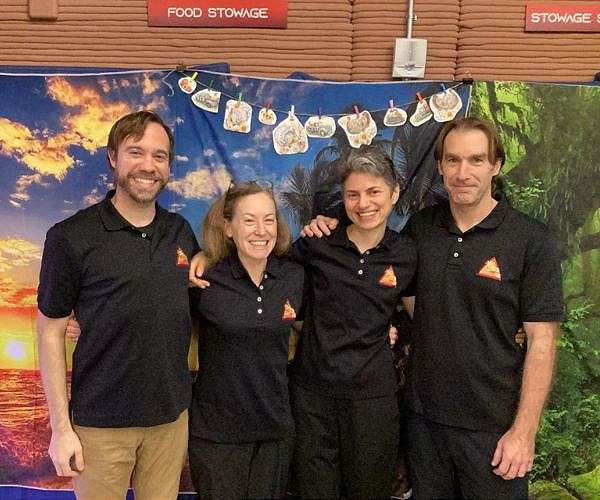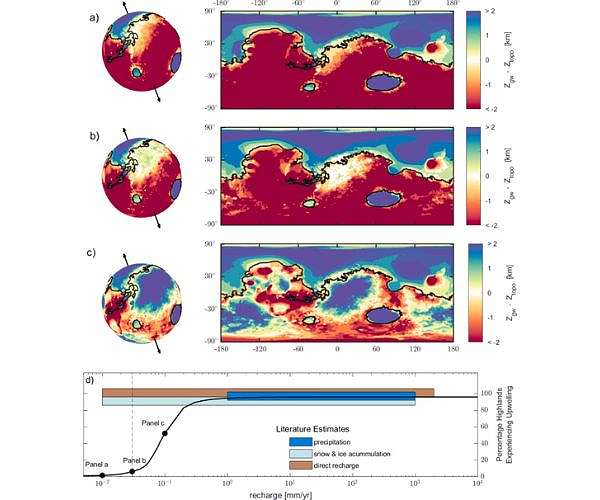Namibian terrain captured by Copernicus satellite resembles Martian landscape
by Erica Marchand
Paris, France (SPX) May 07, 2024
The Copernicus Sentinel-2 mission has recently shared an image of northwest Namibia that could easily be mistaken for the Martian surface. The image showcases the dramatic landscape of the area, highlighting the geological and botanical characteristics that define this arid region.
The image, a false-color representation captured using Sentinel-2’s near-infrared channel in April 2024, emphasizes the sparse vegetation in the desert landscape. Red hues along the Ugab River indicate vegetation, an essential component of the local ecosystem despite the region’s extreme aridity.
Geographically, the image covers parts of the Kunene and Erongo regions, separated by the Ugab River, which appears as a white, winding line. This river is ephemeral, flowing just a few days each year, but its underground water supports diverse wildlife, including Namibia’s rare desert elephants.
Significant geological formations are also visible. The Brandberg Massif, a prominent granite mountain rising to 2500 meters, is one of the highest points in Namibia and a result of the Early Cretaceous rifting. Nearby, the Zerrissene turbidite system in the Ugab River valley shows folded sedimentary rocks spanning an area of nearly 2700 sq km.
Another striking feature is the Messum Crater, visible at the bottom center of the image. It resembles a meteorite impact site but is actually a collapsed volcano featuring two concentric circles of hills that frame a wide, flat basin.
Despite the seeming remoteness of this area, human activity is marked by roads that cut across the landscape, hinting at the sparse but present human settlement.
Related Links
Copernicus Sentinel-2 mission,
Africa News – Resources, Health, Food



